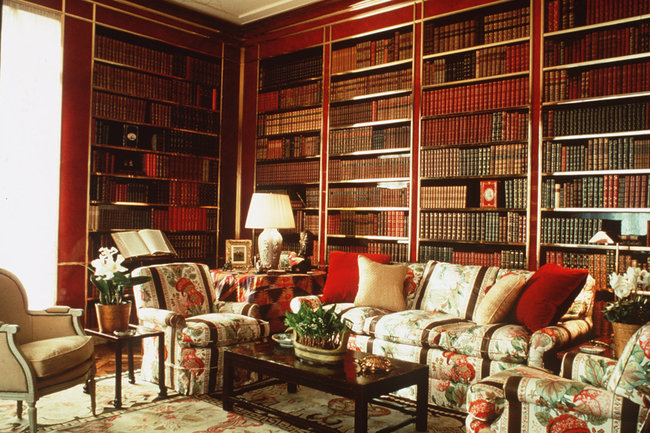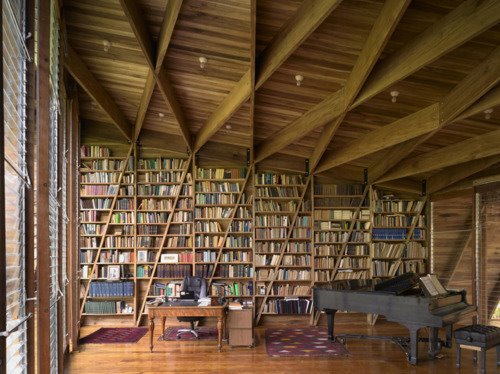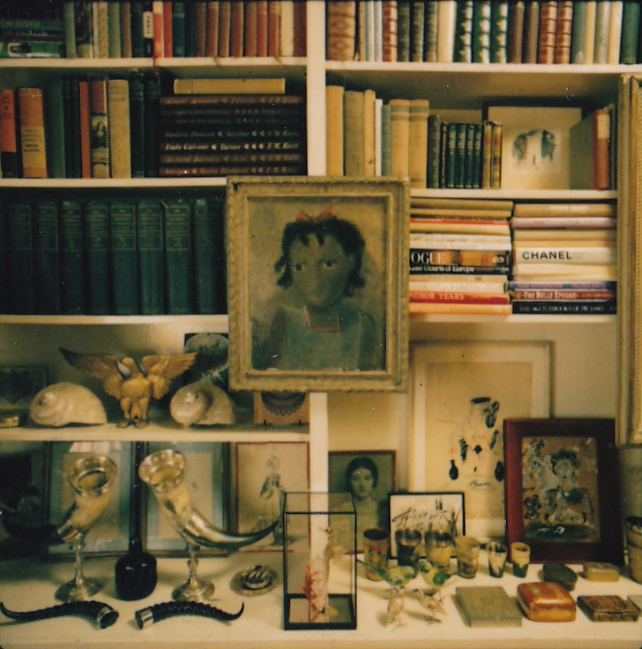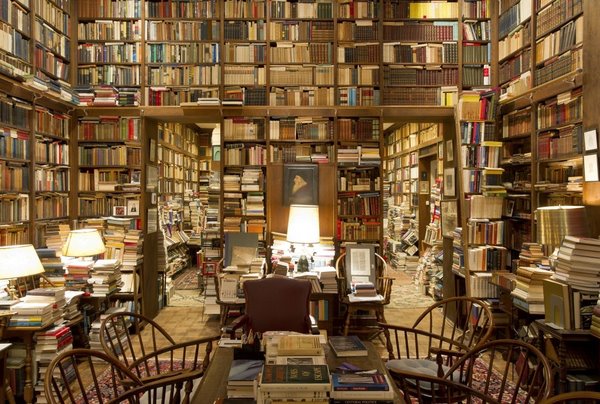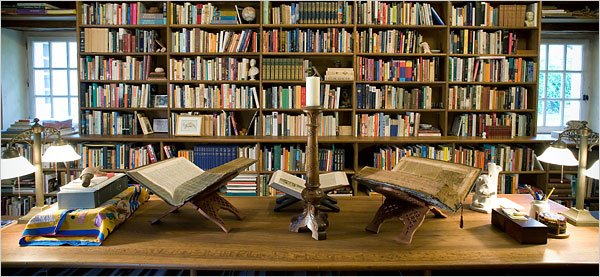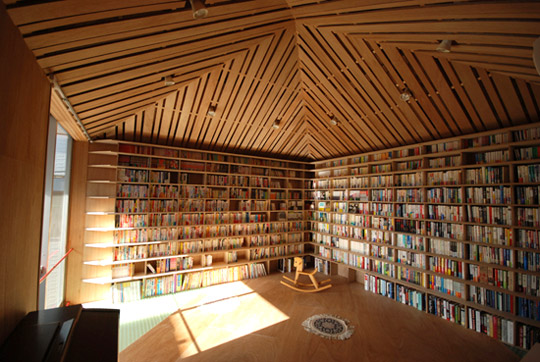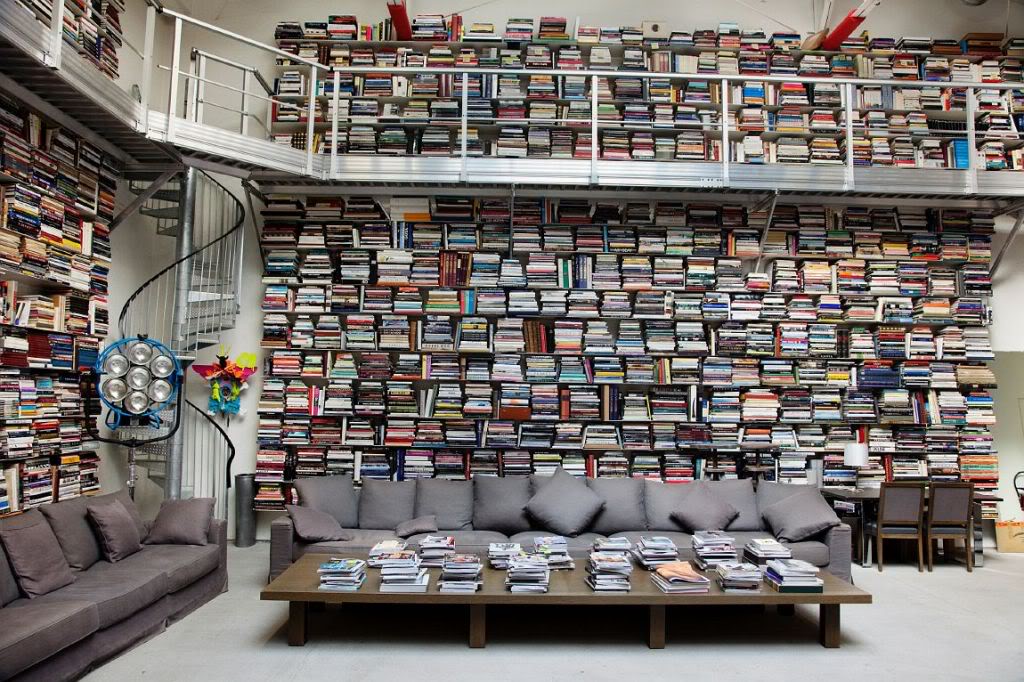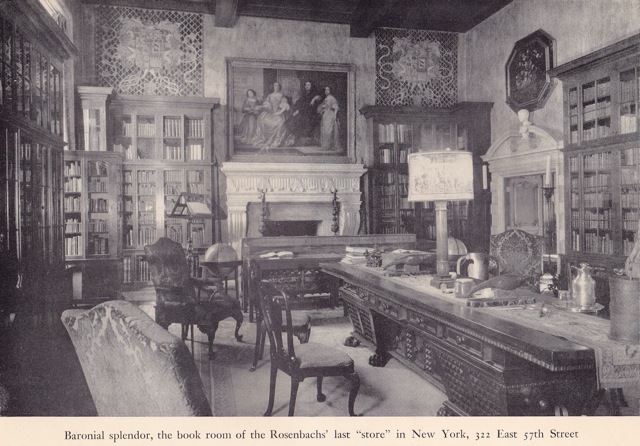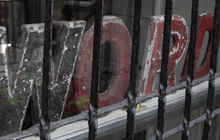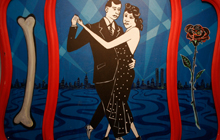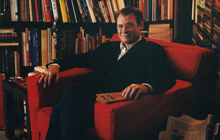Collection Development
In the early Nineteen-fifties the poet, novelist and editor Raymond Queneau circulated a pamphlet with an overview of the best books and authors. He asked 200 authors, 99 per cent French, to select their 100 top choices. Then he assembled the results and published a book called Pour Une Bibliothèque Idéale (Gallimard, 1956).
Fortunately, this information was unbeknownst to me when, early in my career as a private librarian, a well to do entertainment lawyer approached me with a similar undertaking. Would I help him collect the books he wanted to read but, due to professional and familial responsibilities, hadn’t? His dream of impending retirement was a well-shelved country house stocked with the best editions of just those books.
This was more along the line of Queneau’s Exercises in bibliographic Style than most of the collection development I’ve been involved in. I say I was fortunate not to know Queneau’s book of books then because the temptation to crib might have imbued our selection with other people’s taste. Neither did we consult the Harvard Classics or anyone else’s lifetime reading plan. I thought of it as co-authoring his auto-bibliography. We drew on his existing library, researched his interests, drew on the authorities, consulted the critical works and realized his idealized collection.
Who but a harried lawyer would take such an approach to collecting? Generally we’re building on an existing collection. Large collections require coordination. For instance, the billionaire collector with eight thousand pieces on a single country, a manageable bibliography, asked us to find what he still didn’t have. Mrs. Vreeland, curating her exhibition for the Metropolitan Museum of Art on the Belle Epoque, asked I not only acquire but read to her the best source material on Paris in that gilded age.
In the minority would be those whose motives have less to do with collecting than accumulating books as objects. At one extreme, the interior decorator’s request for 53 feet of books bound in forest green. Books Do Furnish A Room. At the other, the conspicuous consumption of a newly moneyed American entrepreneur/garmento who wished to give the impression of being titled and Oxford educated by purchasing rooms basically bound in crushed full morocco and gilt-tooled and gilt-ruled treed and speckled calf by masters like Bayntun of Bath, Morrell, Riviere, Zaehnsdorf and their like. It worked fairly well so long as no one asked any impertinent questions.
Inevitably, I am asked to supply anecdotes along this line by the same people who ask, incredulously, whether I’ve read all the books on my own shelves. What they’re most disappointed to hear is that the vast majority of my books, like my clientele, are well read and that only a very few are there for effect. For example, my recently purchased, provocatively titled, A Guide to Sexing Chicks, by Charles S. Gibbs. This is a veterinarian’s, not a bachelor’s, guide. Much as I enjoy having the book, I have no intention of ever reading it.
